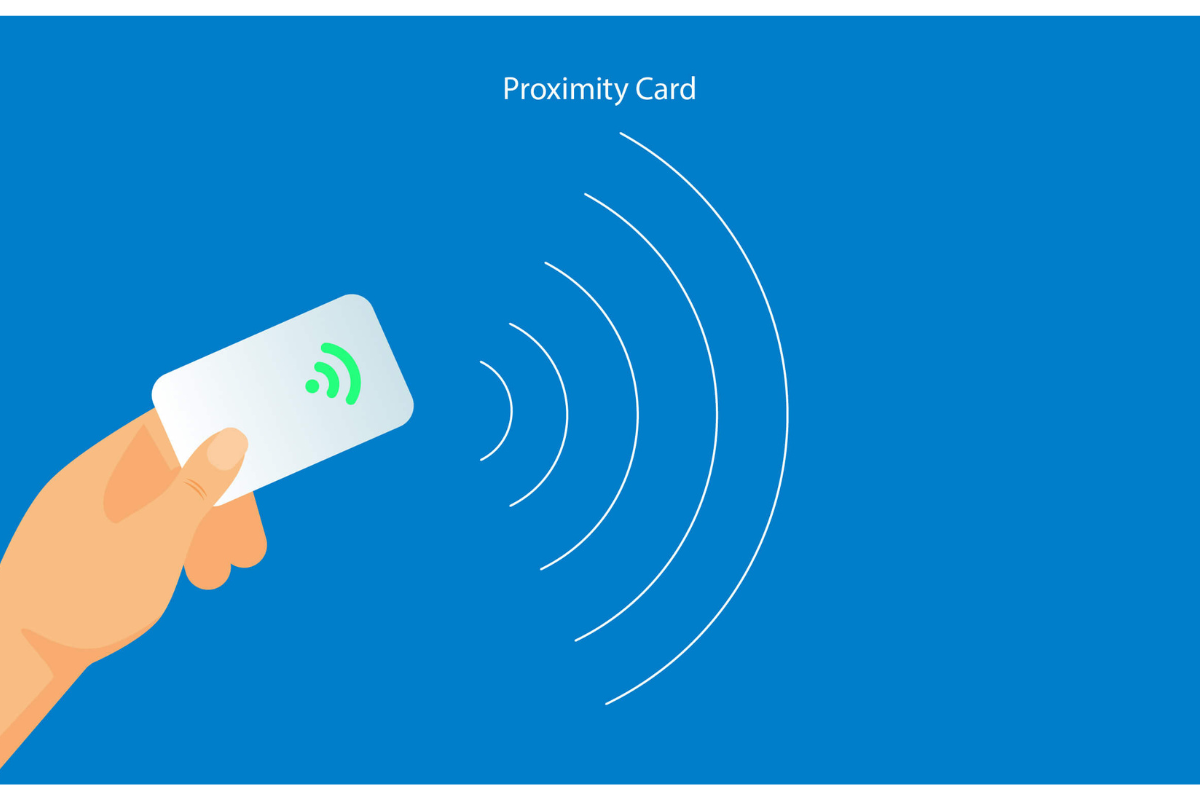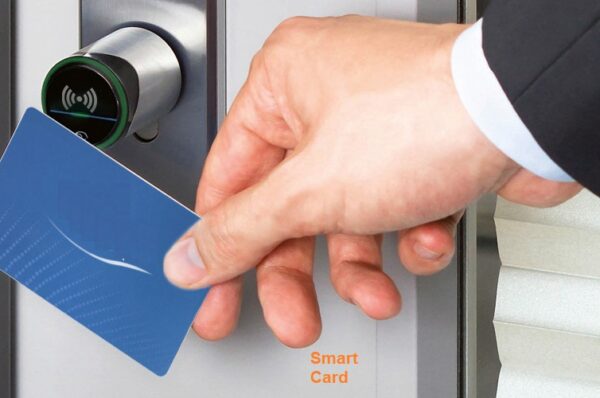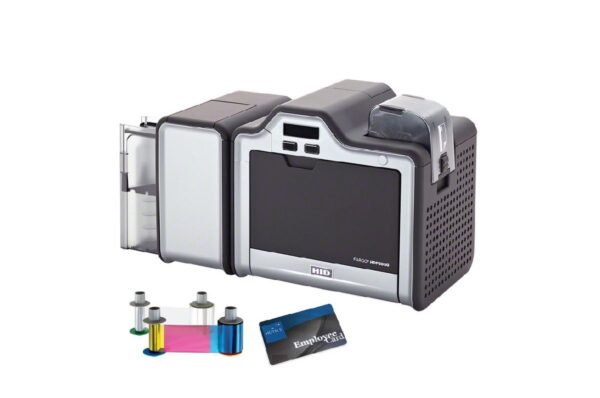A proximity card, commonly referred to as a prox card, facilitates contactless access control. It enables authorized users to unlock doors or gain entry to secure locations without the need to physically insert the card into a reader. Rather, the card employs radio-frequency identification (RFID) technology to wirelessly interact with a reader when it is within a specified range, usually a few inches.
Common uses:
- Facilitating entry for staff or inhabitants
- Time and attendance systems
- Parking garage entry
- Elevator floor access control
- Secure areas in hospitals or data centers
Key Uses:
-
Access Control:
The primary application involves either permitting or restricting access to different locations, including doors, parking gates, and other secure areas.
-
Time and Attendance:
Proximity cards may also be utilized to monitor employee attendance, frequently in combination with time and attendance management systems.
-
Other Applications:
While less frequent, they can also be used for cashless vending, secure printing, and other similar purposes.
How they work:
- Data Transmission: The card’s microchip and antenna transmit a unique ID number to the reader when the card is held near it.
- Verification: The reader sends this ID to a control system, which compares it against a database of authorized cards.
- Access Granted / Denied: The system evaluates the comparison to either grant or deny user access.



